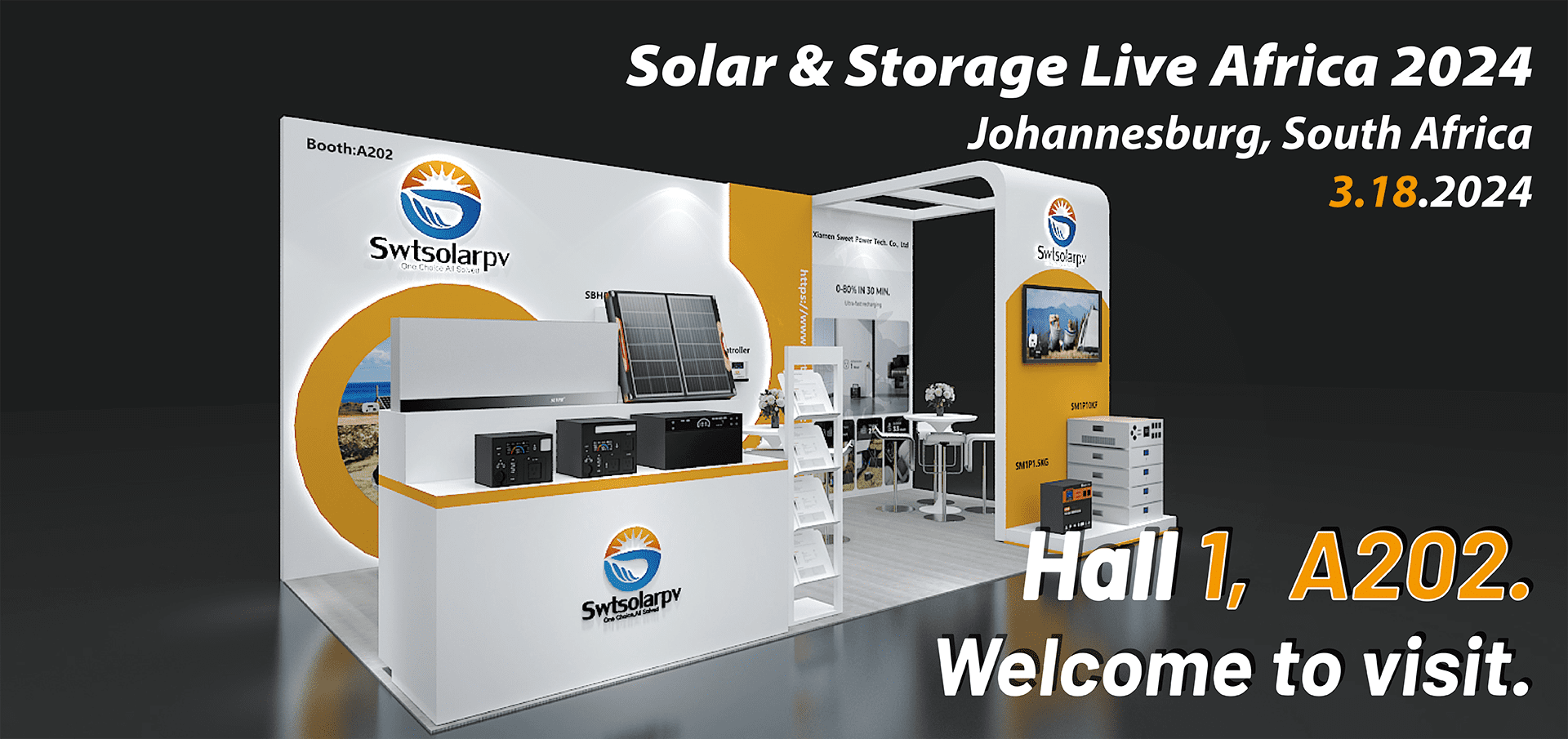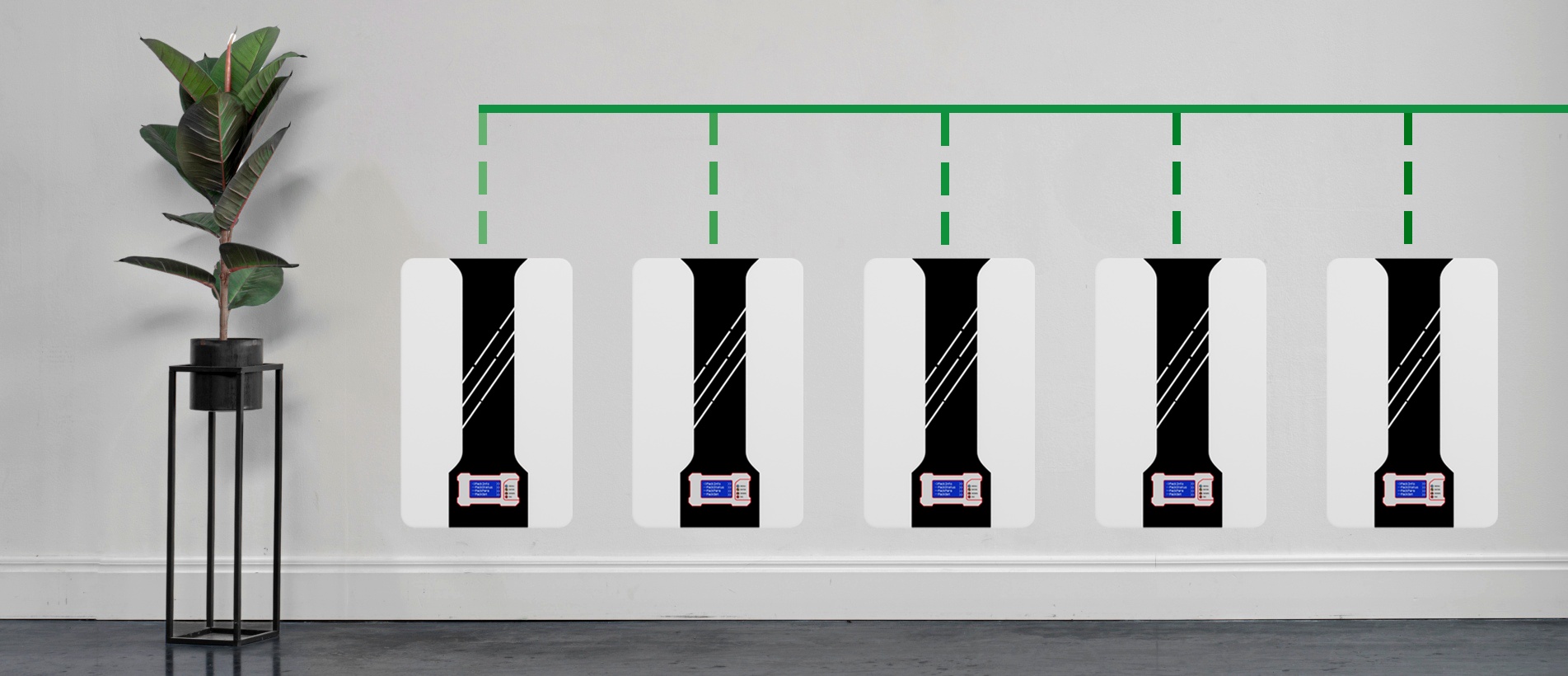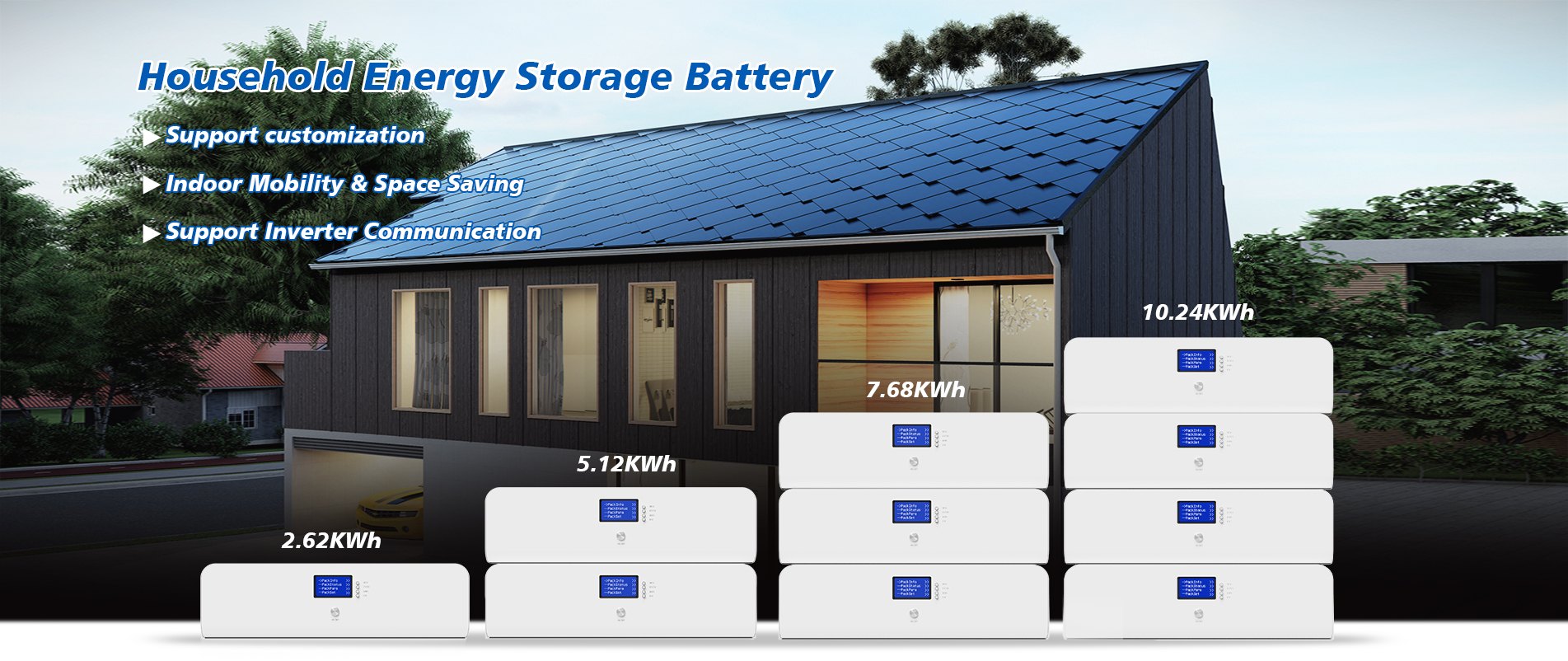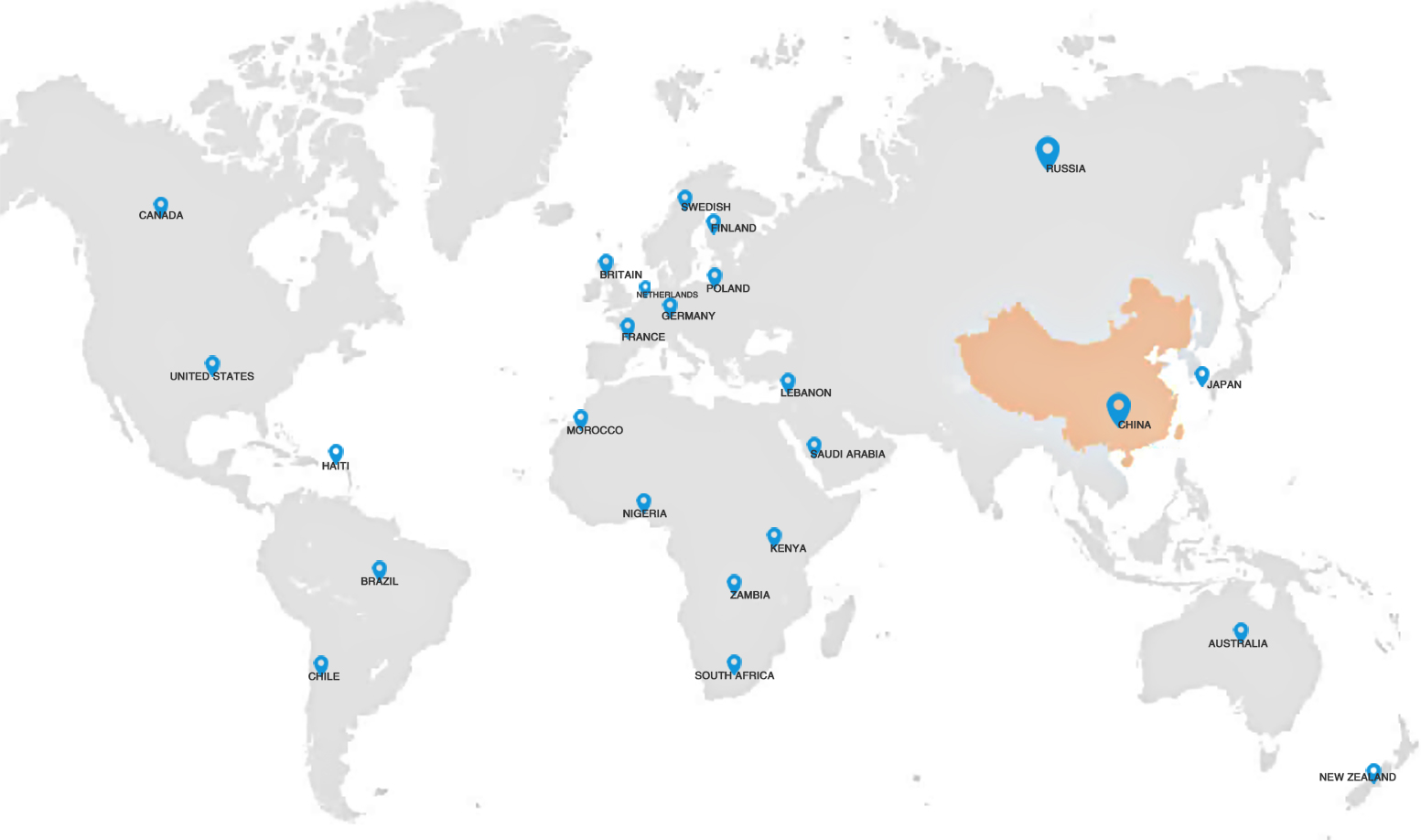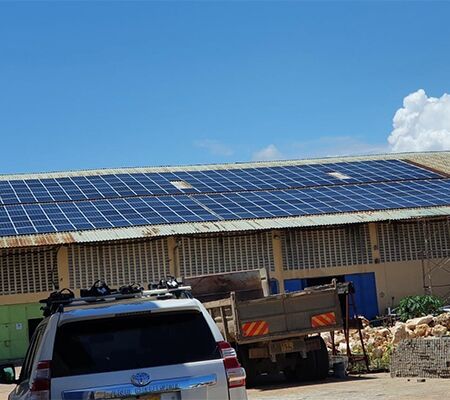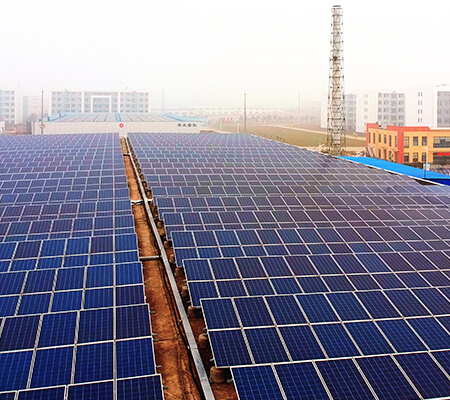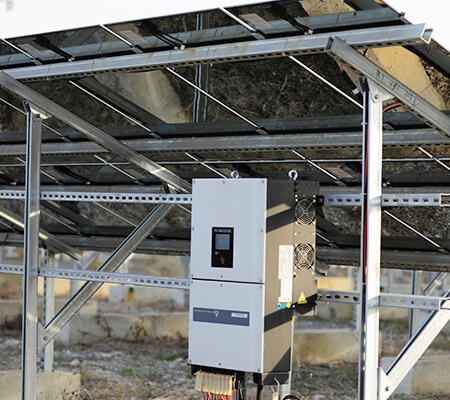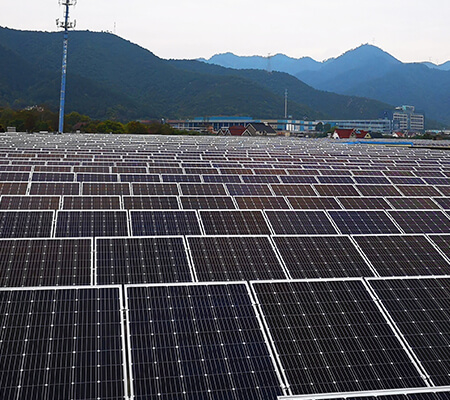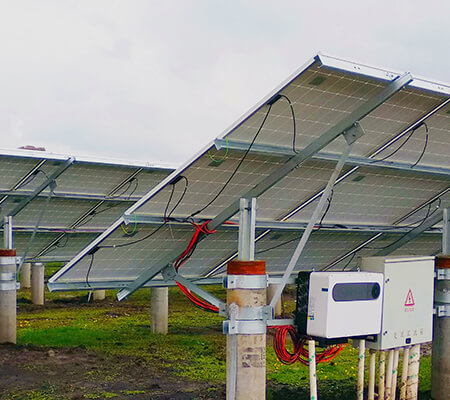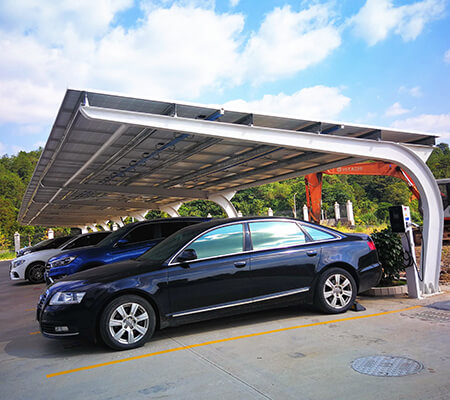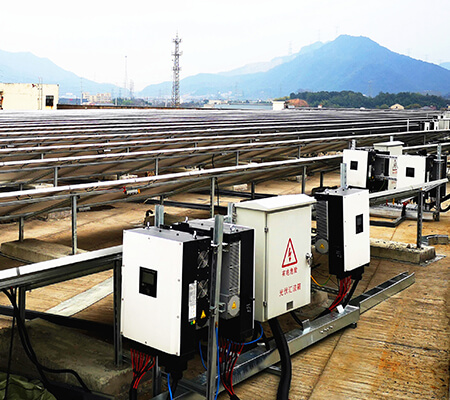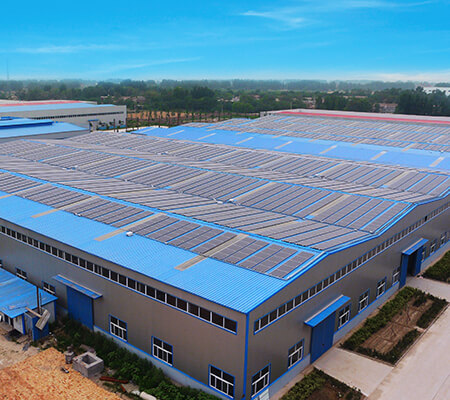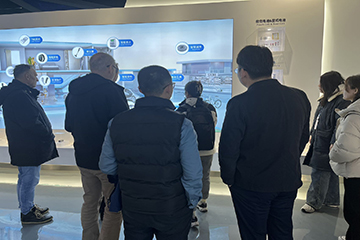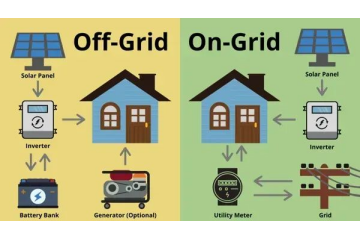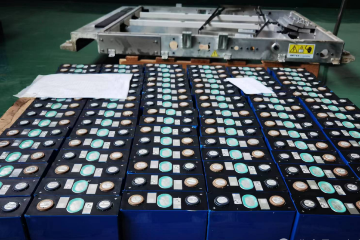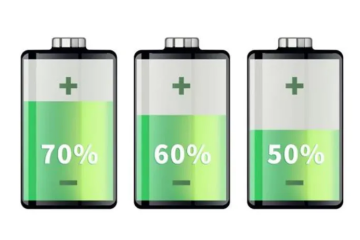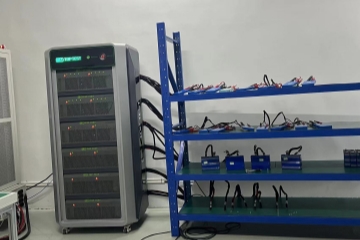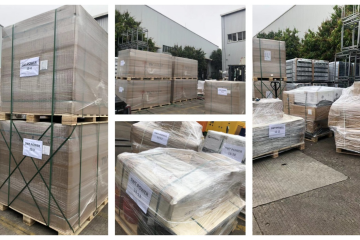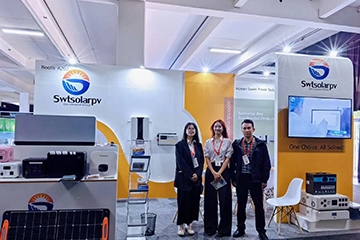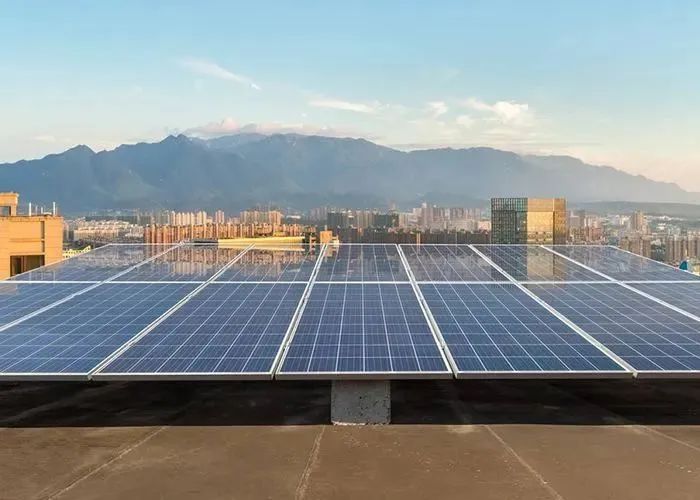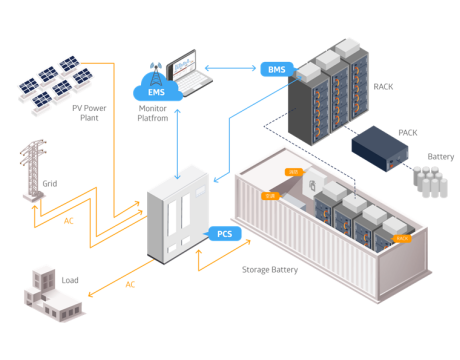Mar 26, 2024
Analysis and prospects of new energy storage technology routes
Content source: ESPlaza long-term energy storage network Achieving carbon peak carbon neutrality and striving to build a clean, low-carbon, safe and efficient energy system are major decisions and arrangements made by the Party Central Committee and the State Council. New energy storage is an important support to help achieve the "double carbon" goal, an important means to ensure the security of energy supply, a key element in building a new power system, and an important direction for cultivating strategic emerging industries, with broad development prospects. This article aims to analyze and compare the technical characteristics and application scenarios of the main technical routes of new energy storage, and on this basis, forecast the future development trend of new energy storage. 1 Overview of new energy storage development The development history of energy storage technology can be traced back to the early 19th century, when people began to explore methods of converting electrical energy into chemical energy, thermal energy and other forms for storage. It was not until the early 20th century that electrochemical energy storage technology represented by lead-acid batteries began to become popular, providing a reliable means for energy storage and utilization. With the advancement of science and technology and the application of new materials, energy storage technology has been constantly innovated and improved. New electrochemical energy storage technology represented by lithium-ion batteries has emerged. Its advantages such as high energy density, long life, environmental protection and no pollution have been favored by It has been widely recognized and has become the current mainstream energy storage technology. Although the scale of new energy storage installed capacity is growing rapidly, the development of new energy storage still faces problems such as high costs, lack of a price mechanism, imperfect standards and regulations, and difficulty in project implementation. 2 Main technical routes for new energy storage New energy storage mainly includes three major technical paths: electricity storage (electrochemical energy storage, mechanical energy storage, and electromagnetic energy storage), hydrogen storage, and heat storage. Compared with pumped hydro energy storage, new energy storage has the advantages of short construction period, simple and flexible site selection, and strong adjustment capabilities. It is better matched with new energy development and consumption, and its advantages are gradually becoming more and more prominent. 2.1 Electricity storage Electricity storage can be divided into three categories: electrochemical energy storage, mechanical energy storage and electromagnetic energy storage. Electrochemical energy storage mainly includes lithium-ion batteries, flow batteries, lead-acid batteries and sodium-ion batteries; mechanical energy storage mainly includes compressed air energy storage, flywheel energy storage ...
Läs mer















